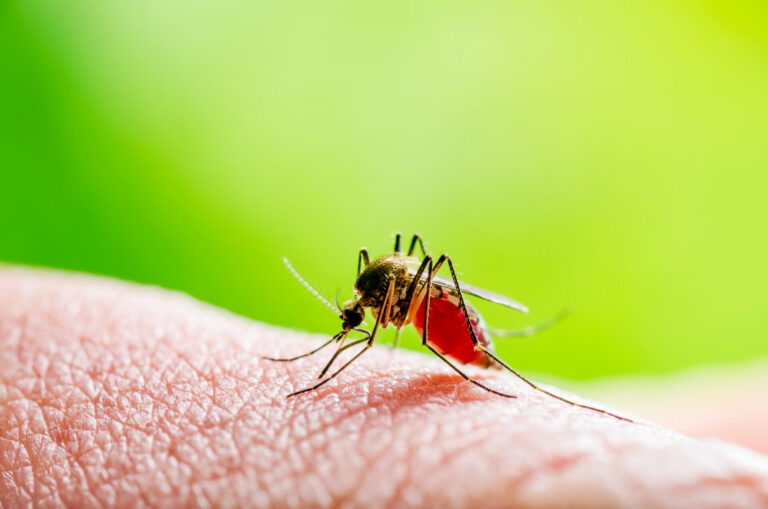Statistics
Getting to the bottom of deadly weather
Cold still causes far more deaths than heat in India.

A study of the correlation between temperature and mortality in the Indian city of Pune has found that cold, rather than heat, is by far the bigger killer. This is at odds with warnings and mitigating measures authorities have been taking in anticipation of climate change. Although South Asia is disproportionately affected by global warming, the finding is likely to remain true into the future.
“Most studies and warning systems in India focus on heatwaves. Of course, heatwaves are a big problem and they kill a lot of people,” says KAUST research fellow Vijendra Ingole. “But extreme cold and moderate cold kill a lot more people than moderate or extreme heat. Public health strategies should reflect this.”
The team of statisticians looked at two sets of data for the city over the period spanning January 2004 to December 2012. The first was mean daily temperature and the second was daily registered deaths. Records included little information on the age or occupation of those who died, or the cause of their demise, so the analysis was only stratified by sex.
Of deaths registered in the period, 6.5 percent were found to have been caused by nonoptimal temperatures, with 5.72 percent caused by cold and 0.84 percent caused by heat. This compared to 6.83 percent of deaths caused by cold and 0.49 percent caused by heat for India as a whole.
Surprisingly, men were shown to be more vulnerable to cold or heat than women. Of male deaths, 7.37 percent were caused by suboptimal temperatures compared to 5.72 percent of women deaths. “Studies from the developed world usually show women are more vulnerable than men,” says Ingole. “Our study calls for further investigation to include socio-economic factors and so forth. But the result might be down to Pune’s large population of male migrant workers engaged in outdoor labor.”
Overall, the graph of relative risk of dying for both sexes versus temperature offers a clue to what might happen in a future of rising temperatures. From extreme cold (one in a hundred days were less than 17.2 degrees Celsius), risk drops gradually until it reaches the minimum mortality temperature, and rises steeply thereafter. This suggests that deaths caused by too much heat may increase faster than deaths caused by cold will decrease, although Ingole says the limited period of his study meant he could not draw such a conclusion.
References
- Ingole, V., Sheridan, S., Juvekar, S., Achebak, H. & Moraga, P. Mortality risk attributable to high and low ambient temperature in Pune city, India: A time series analysis from 2004 to 2012. Environmental Research 204, 112304 (2022).| article
You might also like

Statistics
Checking your assumptions

Statistics
Internet searches offer early warnings of disease outbreaks

Statistics
Joining the dots for better health surveillance

Statistics
Easing the generation and storage of climate data

Statistics
A high-resolution boost for global climate modeling

Applied Mathematics and Computational Sciences
Finer forecasting to improve public health planning

Bioengineering
Shuffling the deck for privacy

Bioengineering




